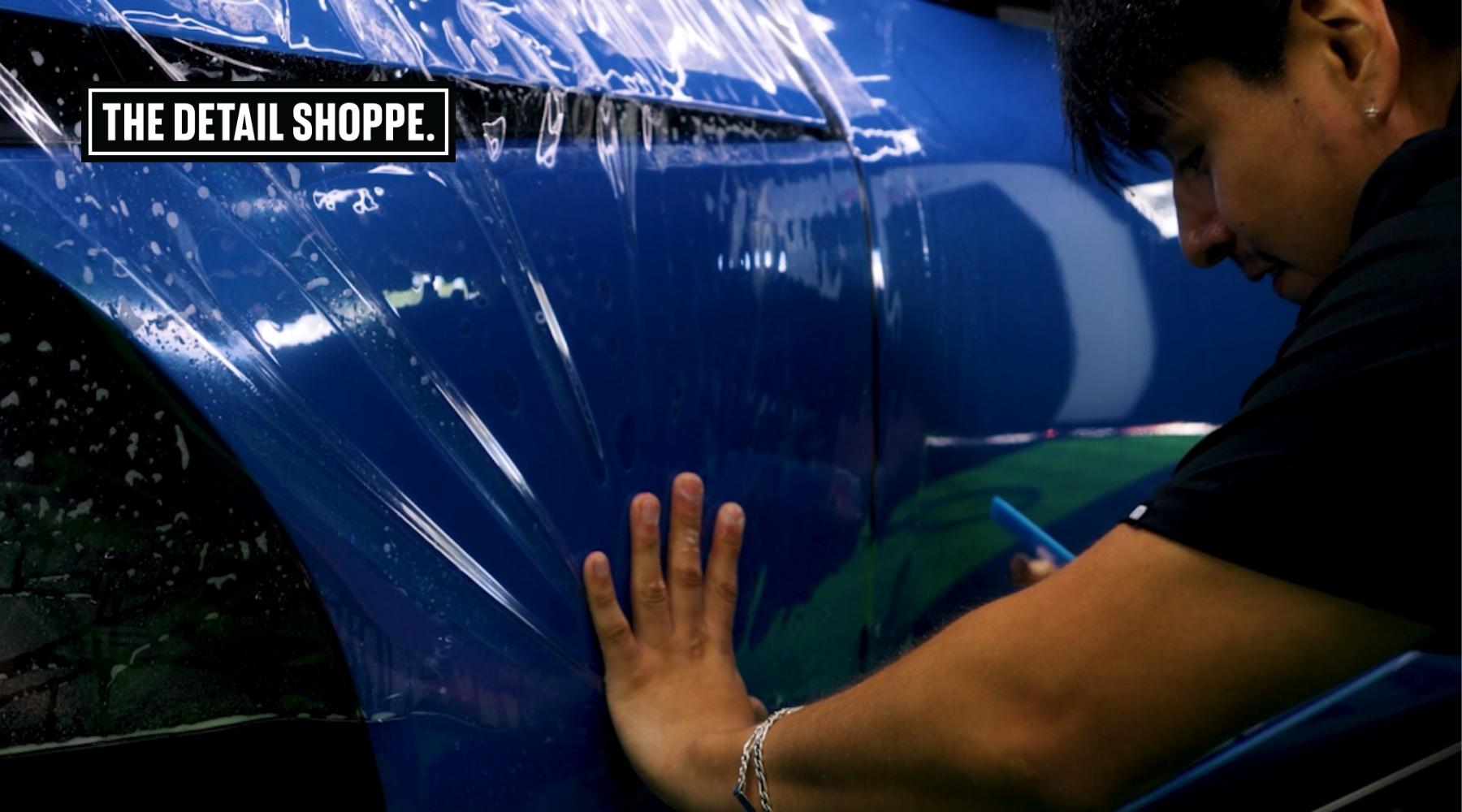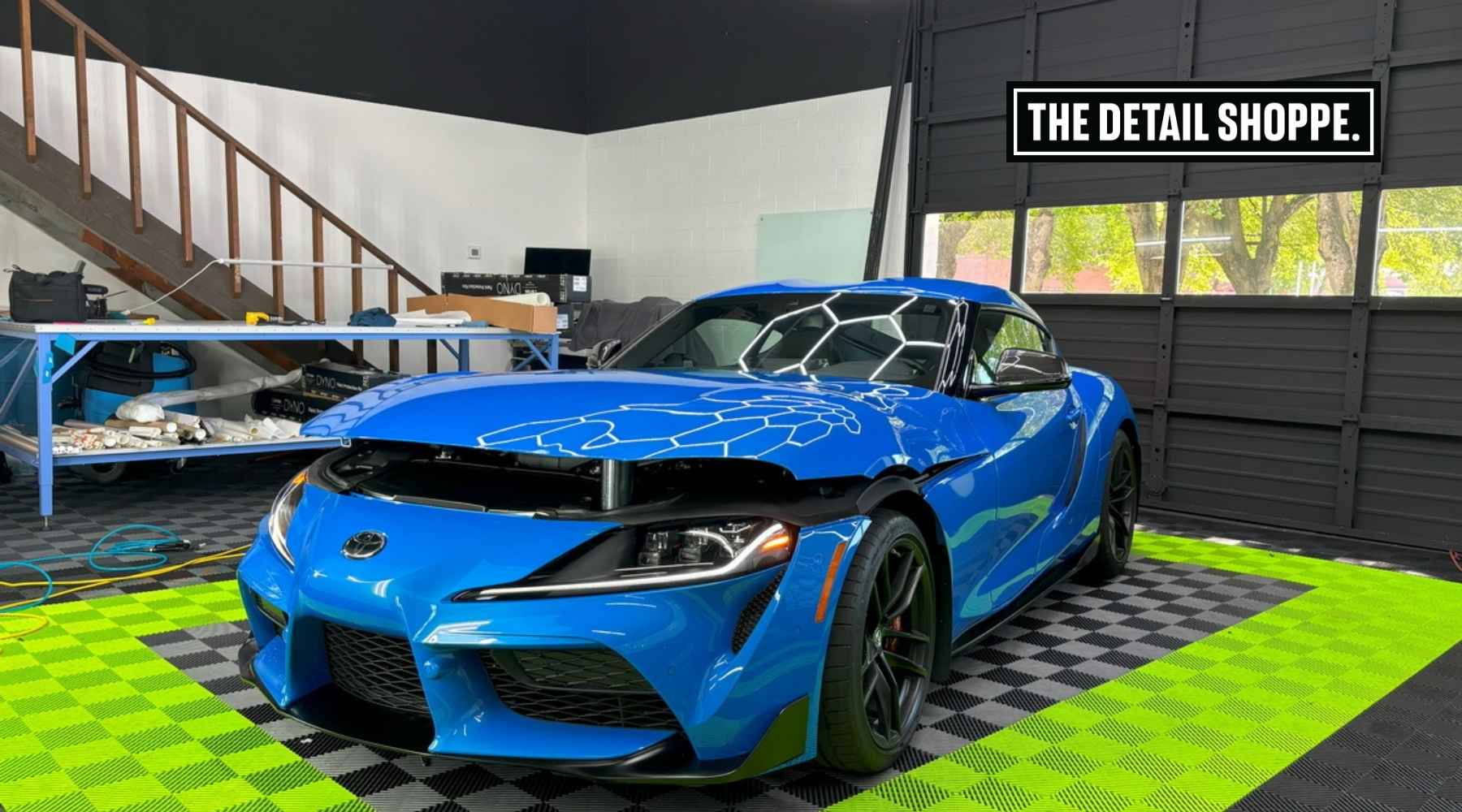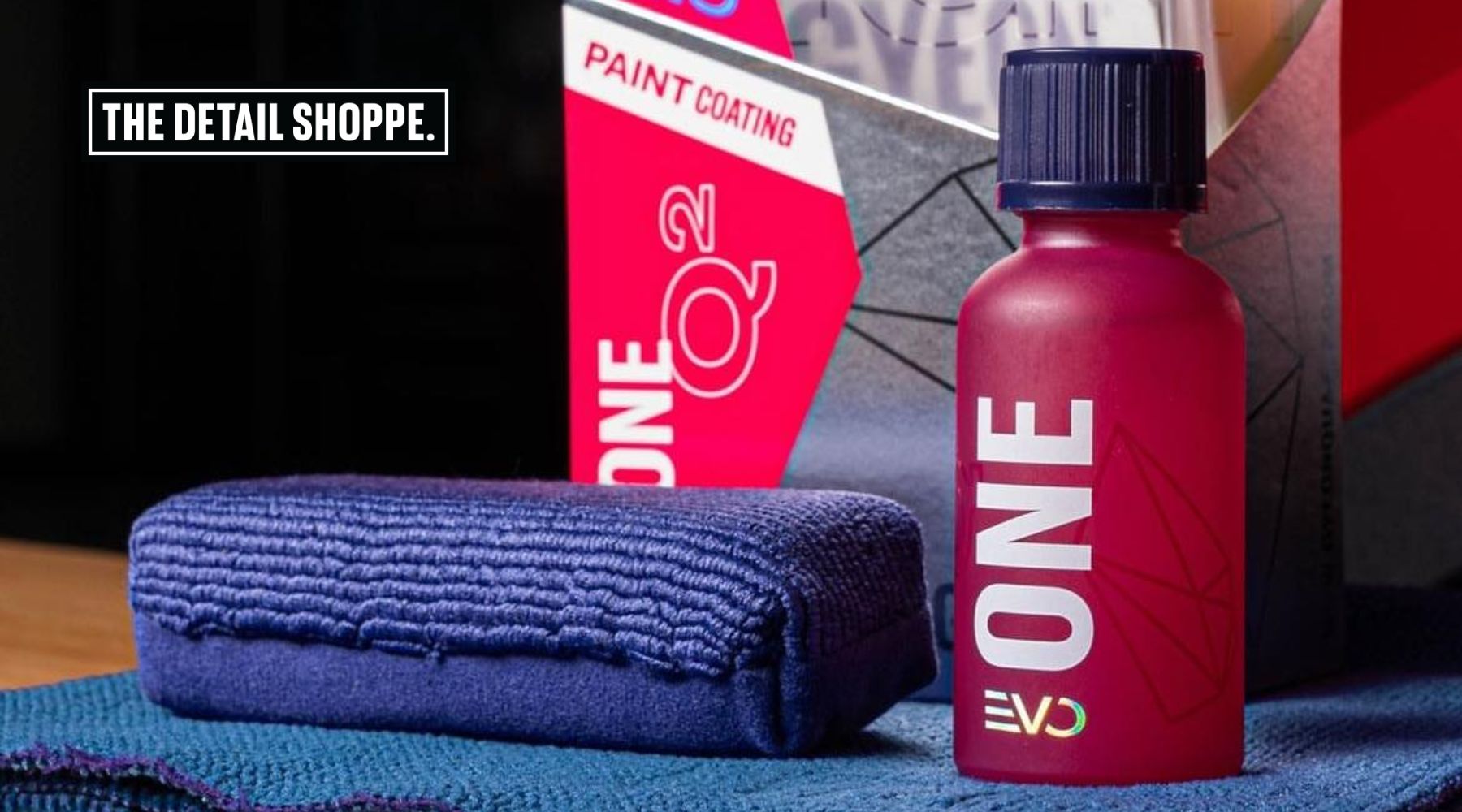As the vibrant leaves begin to fall in Happy Valley, Oregon, so too does the perfect window to reapply ceramic coating in the fall, a crucial step for maintaining your car’s long-term shine and protection. With the right timing and technique, your vehicle can navigate winter road conditions with ease while maintaining a showroom-fresh appearance.
In this guide, we’ll explore the best time to recoat, how to do it properly, when it’s needed, and why fall is an ideal time. Additionally, we’ll explore professional options, such as those offered at The Detail Shoppe, a trusted local name in automotive ceramic coating maintenance.
Why Fall is the Best Time to Reapply Ceramic Coating
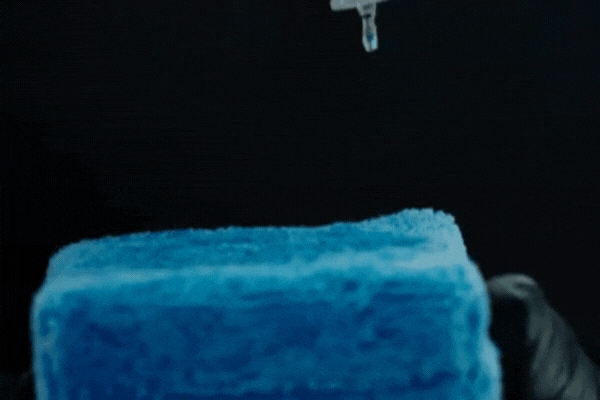
Fall in Happy Valley brings mild temperatures and reduced humidity, creating an ideal environment for ceramic coating to bond effectively and cure evenly. Unlike the intense heat of summer, which can cause rapid evaporation, and the moisture-heavy chill of winter, autumn offers a balanced climate for optimal application.
Why Timing Matters:
- Moderate Temperatures
Daytime highs between 50°F and 70°F allow the coating to cure slowly and evenly, reducing the risk of high spots or streaking.
- Low Humidity
Drier air helps prevent moisture from interfering with the bonding process, ensuring a clean, glossy finish.
- Preparation for Winter Hazards
A fresh coat acts as a shield against road salt, slush, and freezing rain, all of which can damage unprotected paintwork.
- Less Contaminated Surfaces
Fall roads are cleaner than in spring or summer, with less pollen, bugs, or tar, making prep and application more efficient.
If you’re following a seasonal ceramic coating schedule, fall is the gold standard, a proactive step that ensures your vehicle is protected before the harshest driving months arrive.
How to Tell When It's Time to Reapply
Even the best ceramic coatings don’t last forever. While high-quality products can offer protection of 2 to 5 years, real-world factors such as sun exposure, wash frequency, and driving conditions can shorten that lifespan. Knowing when to reapply is crucial for preserving your paint and maintaining your car’s appearance.
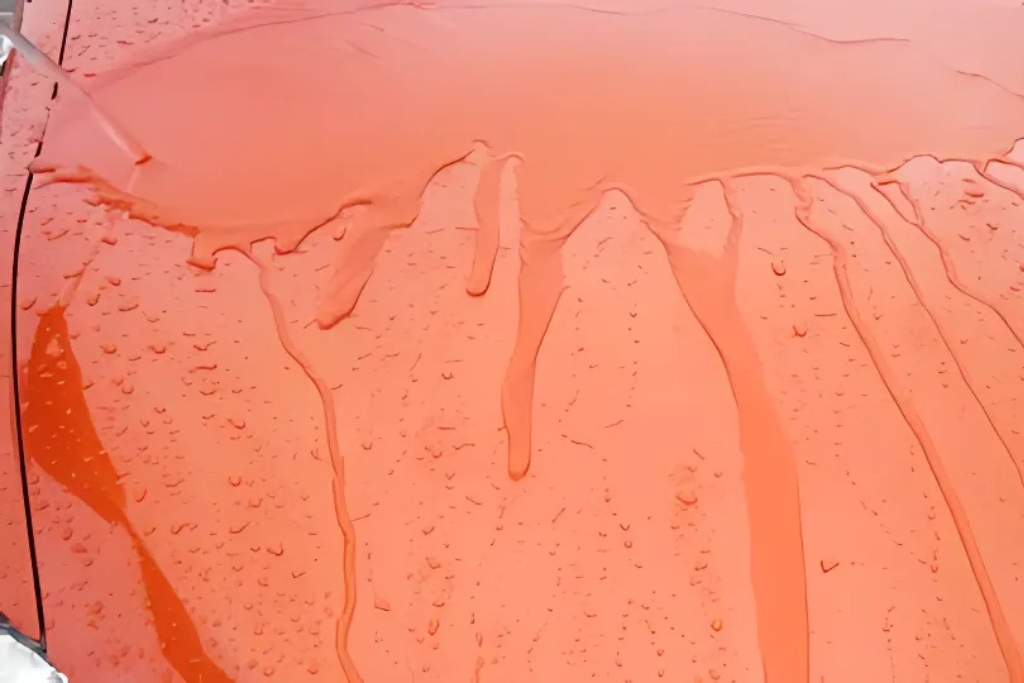
Key Signs of Degradation:
- Loss of Hydrophobicity
Water stops beading and starts to sheet or cling to the surface, indicating that the coating’s protective layer is breaking down.
- Diminished Gloss
If your paint looks dull, chalky, or lacks depth, even after washing, it’s a sign that the coating is no longer enhancing the finish.
- Rough Surface Texture
Run your hand over the paint. If it feels gritty or grabs the towel during drying, contaminants are no longer being repelled.
- Visible Swirls or Micro-Scratches
These appear when the coating’s hardness wears thin, leaving your clear coat exposed to minor abrasions.
- Time Since Last Application
If it’s been more than two years since your last full application or booster, reapplication should be on your radar.
Quick At-Home Checks:
Try the water bead test; if water pools instead of beading up and rolling off, your coating is compromised. You can also inspect the paint under sunlight or LED lighting to spot imperfections.
If you’re unsure, it’s always wise to schedule a professional inspection with The Detail Shoppe’s ceramic experts, who can assess your vehicle and recommend the right next steps.
Elevate Your Ride With

Booster Spray vs. Full Reapplication: Which Do You Need?
Not every ceramic coating situation calls for a full reapplication. In many cases, a ceramic booster spray can revive gloss, slickness, and hydrophobicity, especially when the original coating is still structurally sound.
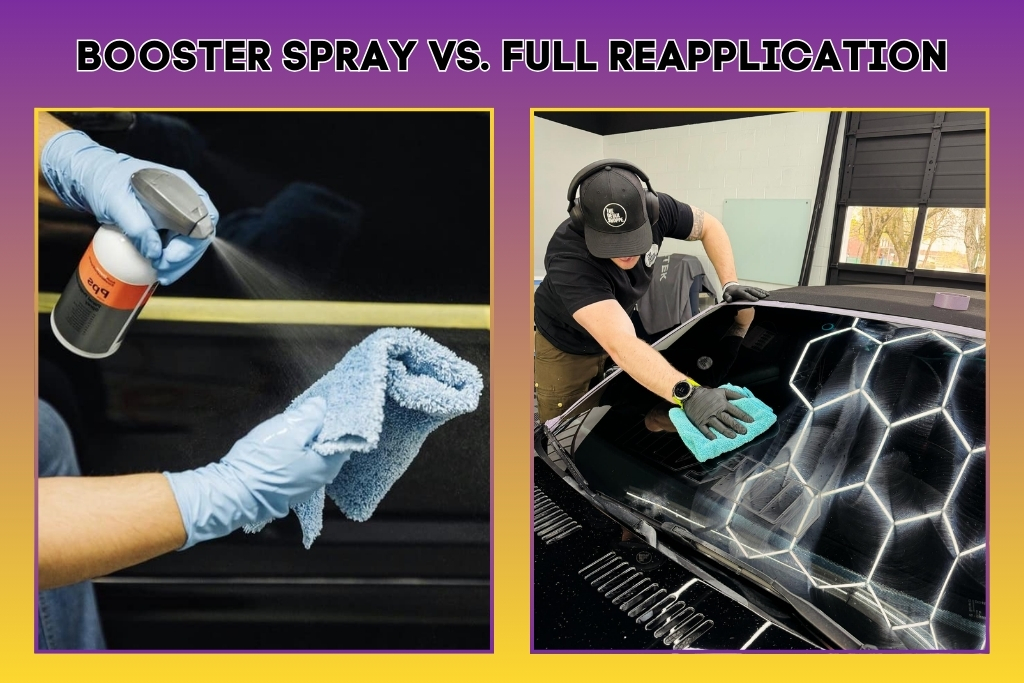
Use a Booster If:
- Gloss is fading, but no visible damage or etching is present
- Water still beads, though perhaps not as actively as before
- You’re within 12–18 months of the last coating
- You’re maintaining your coating regularly and want to extend its lifespan
Boosters are often infused with SiO2 or silica-based ingredients, which temporarily restore protection and shine without the prep work of a full recoat.
Opt for Full Reapplication If:
- The coating has fully broken down, and water clings instead of beads
- You see oxidation, swirl marks, or UV fading through the finish
- It’s been 2+ years since the last application or maintenance
- You want to upgrade to a more durable option, like The Detail Shoppe’s Gold (3+ years) or Platinum (5+ years) packages
Pro Tip: Never layer a new coating over one that’s failing; it can lead to poor bonding, patchy protection, and uneven gloss.
When in doubt, let a trained professional assess your coating’s condition. The Detail Shoppe can help you decide between a quick booster refresh or a full surface reapplication tailored to your vehicle’s specific needs.
Step-by-Step: How to Reapply Ceramic Coating in Fall
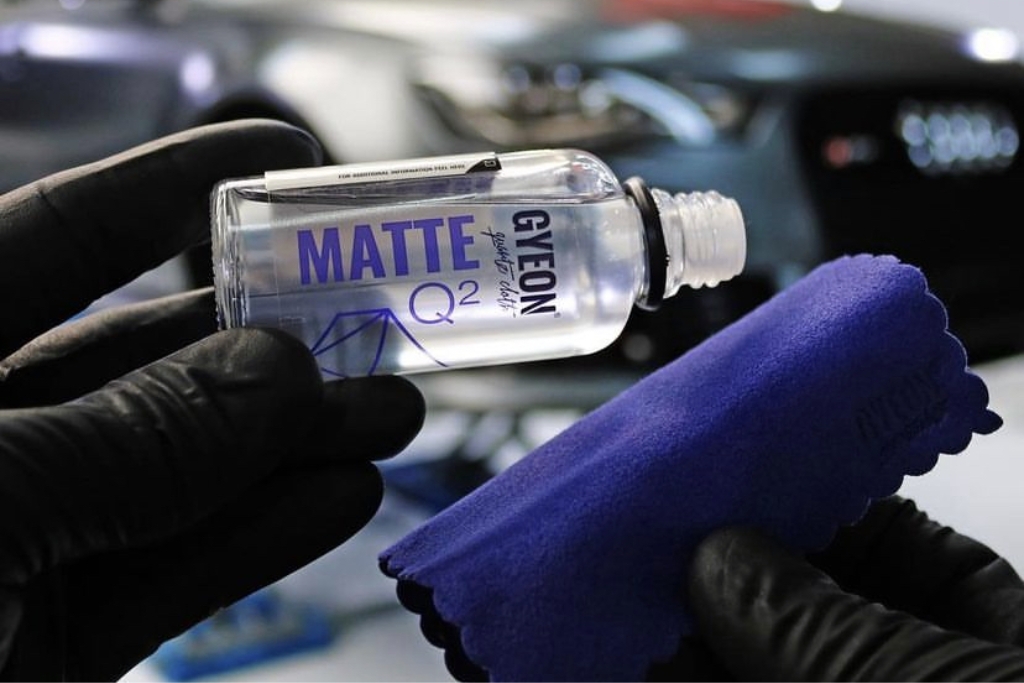
1. Thorough Wash
Begin with a detailed hand wash using a pH-neutral car shampoo to remove all surface grime.
2. Surface Decontamination
Use a clay bar or iron remover to eliminate embedded contaminants.
3. Old Coating Removal
If reapplying fully, perform paint correction using an abrasive compound to remove the old coating and correct micro-scratches.
4. IPA Wipe-Down
Use an isopropyl alcohol (IPA) solution to remove oils and residues, ensuring a squeaky-clean surface that is critical for proper coating bonding.
5. Coating Application
Apply in small panels, following the manufacturer’s guidelines. Wait for the product to flash, then level with a microfiber towel.
6. Curing time
Protect the vehicle for 24–48 hours in a dry, dust-free environment. This curing window is essential for long-term durability.
Pro Tip: Fall’s weather in Happy Valley typically falls within the sweet spot, ranging from 50°F to 70°F with moderate humidity. Perfect conditions for a successful recoat.
Can You Reapply Ceramic Coating Outdoors in Autumn?
Yes, you can reapply ceramic coating outdoors in the fall, but only under the right conditions. Autumn weather in Happy Valley often cooperates, but outdoor applications come with added risks.
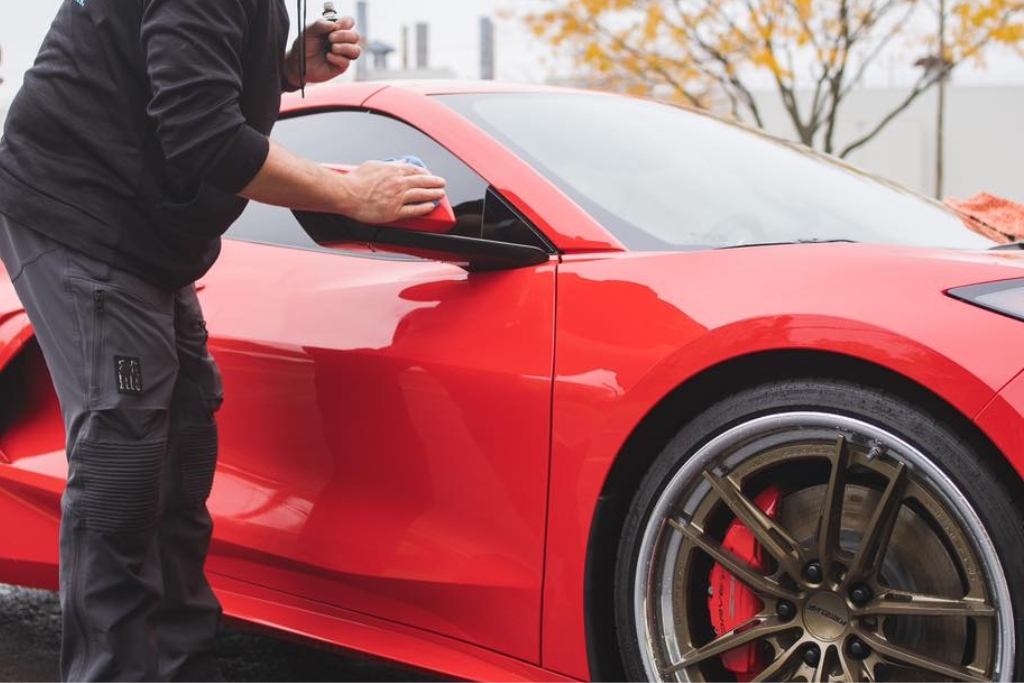
Here’s what to watch for:
- Temperature: Aim for a range of 10 °C to 21 °C. Anything colder can slow down curing; hotter temps can cause premature flashing.
- Humidity: Keep it under 60%. High humidity can interfere with bonding, resulting in streaks or haze.
- Wind: Even light breezes can blow dust, pollen, or leaves onto the paint during application or curing.
- Moisture: Avoid early mornings or evenings when dew is likely to settle on the surface, especially if the vehicle is left to cure overnight.
If you’re applying outdoors, choose a dry, calm midday window and work under a canopy or carport, if possible.
Winter Maintenance Tips After Reapplication
Once your ceramic coating is freshly applied, winter poses the ultimate test. With salt, slush, and grime on the roads, proper care is essential to preserve your coating’s performance and appearance.
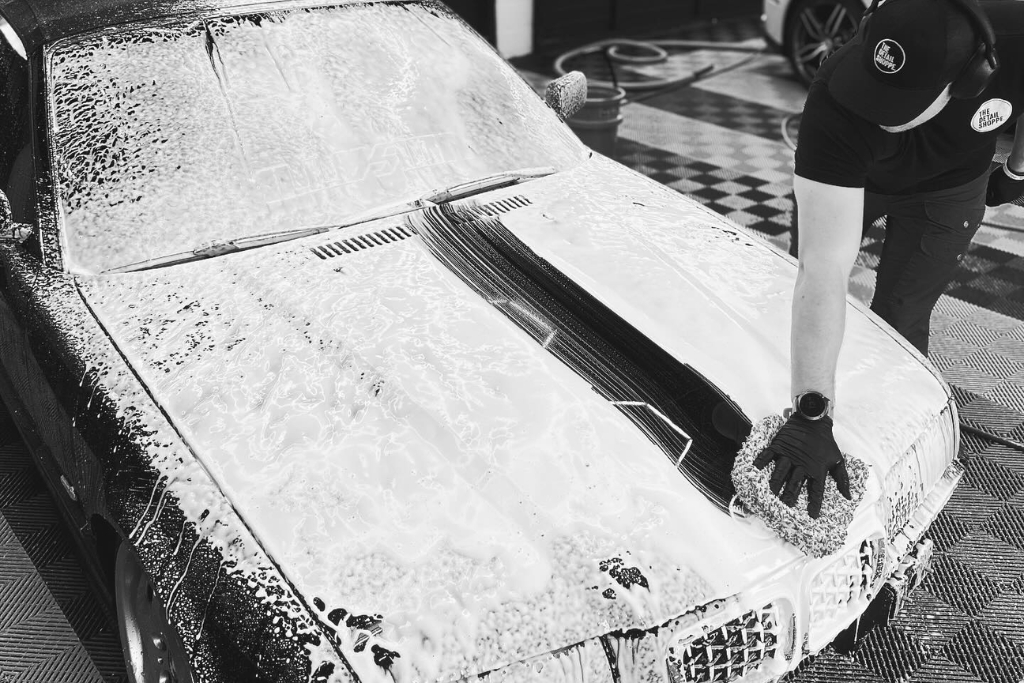
Keep your coating strong all winter with these tips:
- Wash Regularly (Every 2–3 Weeks)
Use a pH-neutral car shampoo and wash by hand or at a touchless wash to avoid scratching the surface.
- Skip Harsh Automatic Washes
Traditional brushes can introduce micro-scratches and prematurely wear down the coating.
- Use Ceramic-Safe Drying Towels
Microfiber towels with a high GSM (grams per square meter) are ideal; they’re soft, absorbent, and gentle on your finish.
- Apply Booster Sprays
Every 1–3 months, apply a ceramic booster spray to rejuvenate hydrophobic properties and enhance gloss.
- Don’t Let Road Salt Sit
After snowstorms or days with heavy salt, rinse your vehicle promptly, even if it’s not wash day.
Bonus Tip: After washing, inspect the surface for water behavior. If it stops beading, it might be time for a quick refresh or booster.
For a deeper dive into ceramic care, check out this expert guide on maintaining your shine from The Detail Shoppe.
Why Choose The Detail Shoppe for Fall Reapplication?

Located in the heart of Happy Valley, The Detail Shoppe is a go-to destination for drivers who want lasting protection and flawless results. With a reputation for precision and quality, they offer tiered ceramic coating packages ranging from 1 to 6 years, including Gold and Platinum options tailored to your vehicle’s needs and usage.
What sets them apart?
- Certified technicians trained in advanced ceramic application techniques
- Access to premium-grade ceramic products with superior durability
- Indoor application bays that ensure perfect curing conditions, rain or shine
- Full-service solutions including paint correction, PPF, window tinting, and detailing
- A local team that understands Happy Valley’s seasonal challenges
Whether you’re preparing your vehicle for winter or extending the life of an existing coating, The Detail Shoppe delivers results that stand the test of time.
👉 Explore their packages and request a free quote today.
Final Thoughts
Fall is the season of preparation, and there’s no better time to reapply ceramic coating than now. Acting before winter arrives helps shield your vehicle from road salt, moisture, and grime, while preserving its deep, glossy finish.
Whether you’re taking the DIY route or relying on Happy Valley’s trusted professionals at The Detail Shoppe, staying proactive with ceramic coating maintenance is one of the smartest ways to protect your investment, enhance resale value, and reduce long-term detailing costs.
Don’t wait for damage to set in, reapply now and ride into winter with confidence.
📍 Serving Happy Valley, OR — The Detail Shoppe
Your local experts in ceramic coatings, paint protection film, and auto detailing.
FAQ: What Happy Valley Drivers Are Asking
When should I reapply ceramic coating in the fall?
Early to mid-fall (late September through early November) is ideal, before heavy rains or cold snaps begin.
Can I apply ceramic coating over an existing one?
Only if the existing layer is in good shape; otherwise, it should be removed.
How do I know if my ceramic coating is failing?
Look for water sheeting, dull paint, rough feel, and surface damage. If you notice any, it’s time to act.
What's the ideal temperature and humidity for reapplication?
Between 50°F and 70°F, with low humidity (under 60%).
Do I need to polish the paint before reapplying?
Yes, especially if the previous coating has degraded or if there are swirl marks or oxidation.
Is a ceramic booster enough instead of a full reapplication?
Sometimes, yes. It depends on the condition of the base coating.
